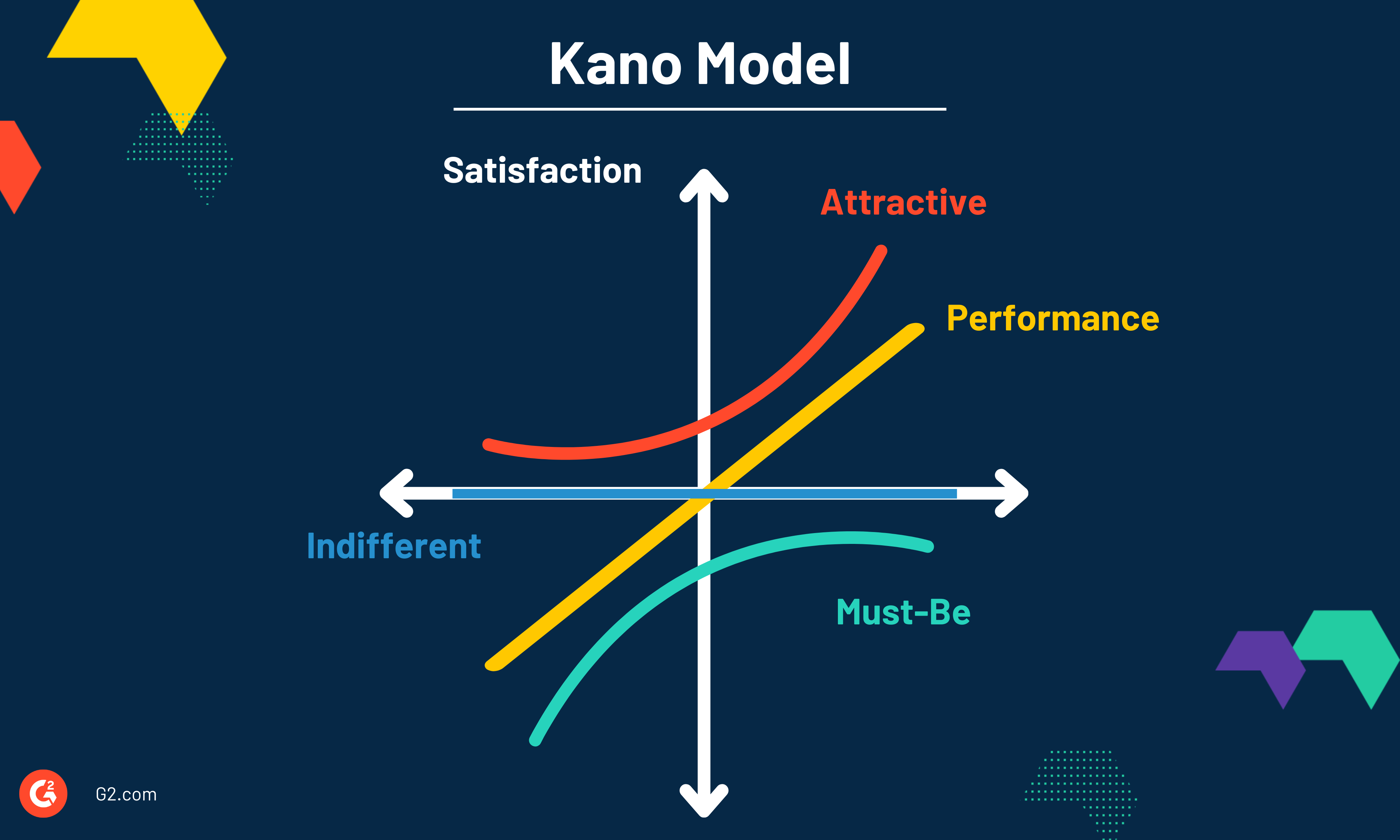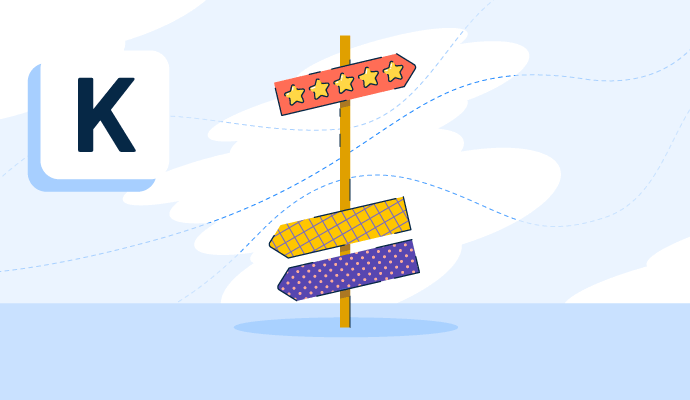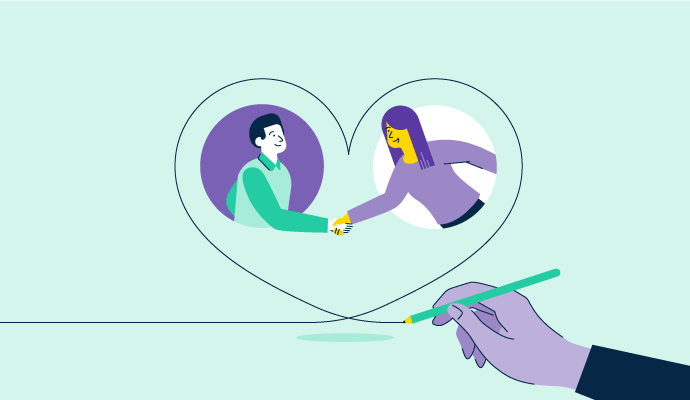What is the Kano Model?
The Kano Model is a prioritization framework for creating new products. It puts features with the highest customer satisfaction outcomes as the highest priority.
Developed in the 1980s, the Kano Model is based on the view that customer loyalty arises from the customer’s emotional response to a product’s features. When using this model, analysis and customer research should be completed ahead of feature development. A Kano reaction graph can pinpoint which features give both the highest customer satisfaction and optimal product function.
With customer success software, companies track feedback and predict future customer satisfaction, which helps teams develop their products more effectively. Once this data is collected, organizations compare the product’s highest-rated features against their cost-to-implement to decide which to set up first during the product’s development.
Basic elements of the Kano Model
According to the Kano Model, customers look for five categories of features: must-be or must-have, performance, attractive, indifferent, and dissatisfaction.. Using these categories, customers judge products on a satisfaction scale from frustrated to delighted. When combined with a functionality scale from absent to fully implemented, the data can be used to plot a Kano graph.
- Must-be or must-have. On a Kano graph, these features are the Threshold line, the basic elements that customers expect a product to have. If those elements are there, most customers will feel neutral about them, but an absence of these features can cause dissatisfaction.
- Performance. These features are the Performance line of a Kano graph. They’re typically the desired features that increase customer enjoyment. The more of these features a product has, the higher customer satisfaction is.
- Attractive. Features under this category lie at the Excitement link on a Kano graph. These go above and beyond Performance features and ensure that businesses stand out from their competitors. They increase satisfaction when present, but they don’t cause dissatisfaction if they’re not.
- Indifferent. Customers may have no strong feelings toward certain features. For instance, the font used on a product’s packaging is likely an indifferent feature. It doesn’t create satisfaction or cause dissatisfaction. In many cases, these features are unnoticed.
- Dissatisfaction. These features actively decrease a customer’s satisfaction with the product. While these features can be difficult to predict, conducting customer feedback brings these issues to light.

Benefits of the Kano Model
While there are many options for product development prioritization frameworks, the Kano Model is particularly useful when:
- A team has limited time. Product development takes a significant amount of working hours. The Kano Model improves decision-making and gives teams a defined focus when working on new features.
- Limited resources are available. Customer research for the Kano Model only requires a simple questionnaire. When resources for surveying customers are restricted by time or money, Kano is a good option.
- A product needs updating. With new competitors going to market every day, it’s important to stay ahead of the game. Customer desires become clearer using the Kano Model, so companies can give attention to the features more likely to drive sales.
- A business wants to go above and beyond. What the product team thinks is a great feature compared to what a customer wants are two different things. For companies who want to continue surprising and enticing customers to nudge them into a purchase, the Kano Model means that unexpected features can be added to increase customer satisfaction.
Best practices for using the Kano Model
Before making any changes to an upcoming product, teams using the Kano Model should carefully go through this analysis method with these best practices.
- Choosing the right features to test. Anywhere from 15 to 20 product features are a good number to ask customers about when using the Kano Model. This gives teams plenty to work on and prioritize without overwhelming the customers or the developers.
- Asking the right customers. It’s vital to ask the most representative sample of a product’s audience. Before sending questionnaires, customers should be segmented using both market and buyer persona information.
- Reviewing the questionnaire before sending. More than one person on the team should always review the survey questions. This catches any errors or confusing language that could skew the data.
- Adding follow-up questions. The Kano Model is a quantitative approach, but teams may need more details to implement features exactly as customers want to see them. Teams should have a method for following up and getting longer, qualitative answers that provide context beyond the Kano questionnaire.
Develop products that charm your customers and keep your product team on track with dedicated project management software.

Holly Landis
Holly Landis is a freelance writer for G2. She also specializes in being a digital marketing consultant, focusing in on-page SEO, copy, and content writing. She works with SMEs and creative businesses that want to be more intentional with their digital strategies and grow organically on channels they own. As a Brit now living in the USA, you'll usually find her drinking copious amounts of tea in her cherished Anne Boleyn mug while watching endless reruns of Parks and Rec.


